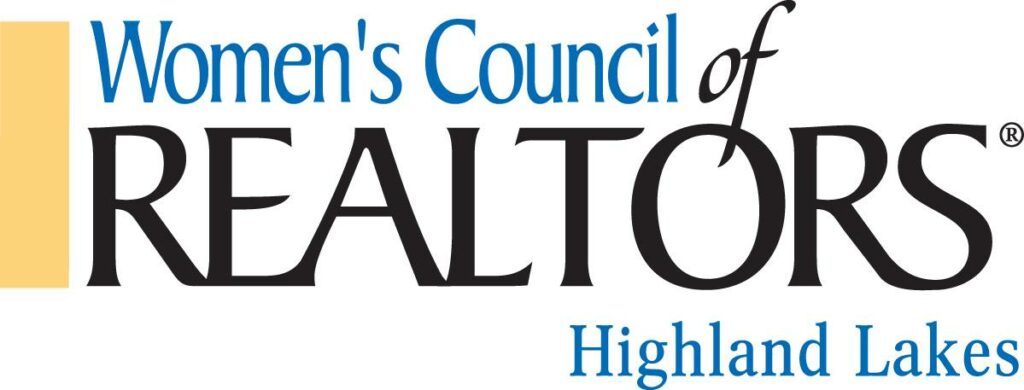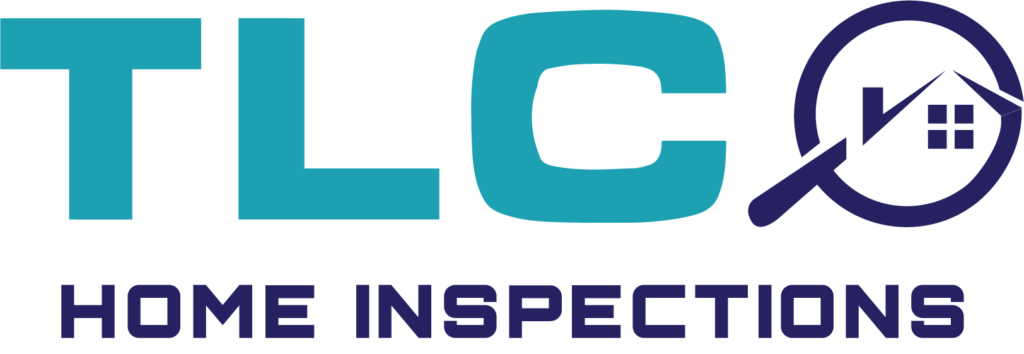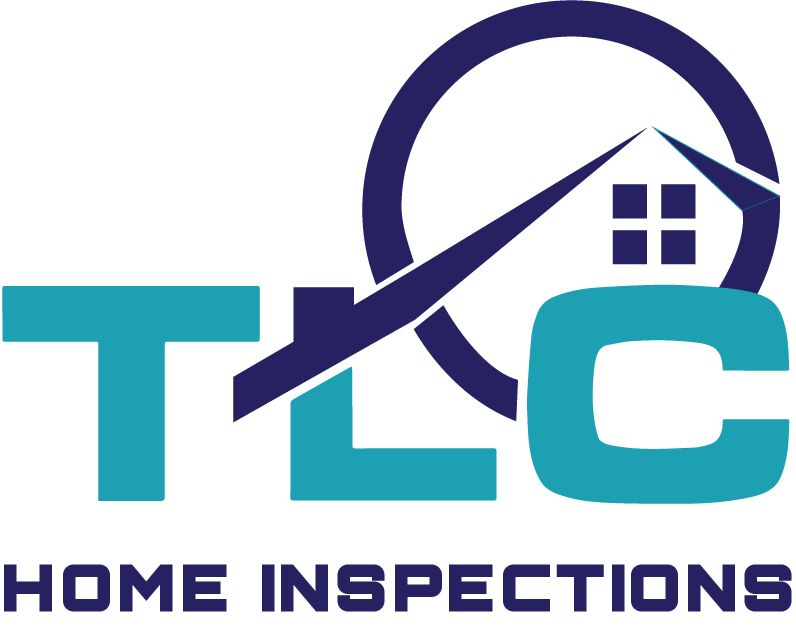What's hiding in your pipes?
Most components of a home’s sewer system are hidden from view during a standard home inspection, but issues within these systems can be some of the most expensive to correct.
Our expert inspectors utilize advanced technology to conduct thorough assessments of your property’s sewer lines, ensuring the integrity and functionality of this crucial component. We focus on key aspects to provide a detailed analysis so you have a full picture of the home.
What it Includes
At TLC Home Inspections, we understand the importance of a well-maintained sewer system for the overall health of your property.
Choose us for sewer scope inspections that provide valuable insights into the condition of your sewer lines, helping you make informed decisions and prevent potential issues.
- SEWER LINE VISUALIZATION
Utilization of specialized cameras to visually inspect the interior of sewer lines, identifying any obstructions, damage, or potential issues.
- PIPE MATERIAL AND CONDITION
Assessment of the sewer line material and condition, pinpointing any signs of deterioration, corrosion, or wear that may affect performance.
- ROOT INTRUSION DETECTION
Identification of tree root intrusion, a common cause of sewer line blockages and damage.
- OBSTRUCTION ANALYSIS
Detection of any debris, clogs, or other obstructions that could impede proper wastewater flow.
- REPORTING
Comprehensive reporting that includes visual documentation of the sewer line condition, accompanied by professional insights and recommendations.
Issues We May Uncover During an Evaluation
Tree Root Intrusions
Sewer Line Failures
Broken Pipes
Sags in Pipeline
Construction Debris
Clogs of Any Kind
FREQUENTLY ASKED QUESTIONS
Is a sewer line evaluation really necessary?
Since the main sewer line is underground, the only way to tell if a problem exists or is in danger of soon occurring is through a sewer line camera inspection.
Does the sewer line inspection include every pipe in the home?
No. In this inspection, we target the long main sewer line. Our protocol is to run the camera from the clean out to a maximum of 130 feet until it encounters either 1) an impassable issue, 2) the city’s sewer connection, or 3) the septic tank. Additional lines such as secondary drain lines, interior drain lines, and septic tanks are not part of this evaluation.
Where is the cleanout located for the main sewer pipe?
The cleanout can be situated in a number of places including the basement, crawl space, garage, or yard. Never fear, we will find it, remove the cap, and insert the camera.
Is there any reason why you would not be able to complete a sewer line camera inspection?
Yes. At times we can’t complete the inspection if there is no cleanout, if the cleanout is inaccessible to the camera, or if the cleanout is not removeable. However, once the cleanout has been repaired, we will return to complete the inspection.
What happens during a sewer line inspection
First, we locate the cleanout and insert the camera into the main sewer pipe. Then we run the camera up to 130 feet or until we encounter a blockage, the city’s sewer connection or the septic tank. Next, we document our findings with photos. After that, we fill out a sewer line evaluation report including our photos and documentation. Lastly, we issue the report within 24 hours of the evaluation.
I am buying a home that has been recently built. Do I still need to schedule an inspection?
Even if the home is a new build, certain situations can still occur. Tree roots can intrude the main sewer line, the line may be improperly installed, or the main line may be affected by breakages, clogs, or sags. The only way to know for sure is with an inspection.
Do older-home buyers need this service?
Yes. Many older homes were built with cast iron pipes, which have an average life-expectancy of 40-60 years. In addition, mature trees could pose root intrusion problems.
What if the camera is not able to access the entire main pipe?
If there is a large tree root intrusion or other type of blockage that prevents our camera from passing through the main pipe, then at that point, we will stop the inspection. We recommend that you call a plumbing contractor to get a complete evaluation.
Will my main sewer pipe be at risk of damage during this inspection?
No. During the inspection, we simply remove the cleanout cap, insert the camera, and then replace the cleanout cap to its original condition at the end. At any time if the camera is obstructed, we remove the camera and do not attempt to force it through.
What if the inspection reveals a problem within the sewer pipe?
If we find any problems, we will thoroughly document the issues with photo and written evidence (including the approximate footage of the problem) and present it to you in our report. At that point, we recommend that you contact a plumbing contractor to determine how to repair the damage.
- Detailed evaluation of all components inspected
- Digital report delivered within 24 hours of inspection
Explore our other Inspection Services
Associations




Get a Quote
By submitting this form and signing up for texts, you consent to receive communication and marketing text messages from TLC at the number provided. Msg & data rates may apply. Msg frequency varies.





